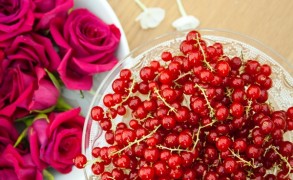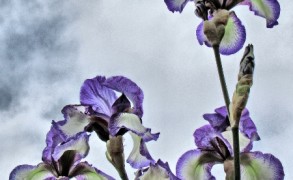Perfume To Brighten Up Your Spring Days
Despite a persistent belief that perfumers aim to imitate nature, fragrance is about a fantasy. So looking for the exact smell of a rose in a bottle is like reading Dostoyevsky’s Crime and Punishment to relive a vacation in Saint-Petersburg, even if said sojourn involved all things dark and sordid. Like literature, music, and sculpture, perfumery is a meditation on reality, rather than its photographic reflection. The best of compositions give us a glimpse into someone else’s world and their olfactory idea of a rose—or a cup of black tea, their lover’s skin, or a melancholy evening in Paris.

Each one of us might interpret the aromatic message in different ways. For instance, when I smell Balmain’s Vent Vert, I feel the same exhilaration as I do on the first days of March when the air smells intensely green and fresh. My friend, on the other hand, finds it disconcerting and aggressive, a storm of sharp, raspy notes that leaves her lightheaded. Considering that Vent Vert’s creator, Germaine Cellier, minced neither words nor accords, perhaps my friend’s impression is closer to the original intention of the perfumer. Vent Vert has long been discontinued and difficult to find, but for a similarly effervescent experience I suggest The Different Company Tokyo Bloom.




















Klaas in Perfume To Brighten Up Your Spring Days: I just discovered Le Jardin de Monsieur Li! Such a lovely, zingy jasmine! I am not much of a floral guy, but this perfume is such a treat! Spring in… April 19, 2024 at 3:36pm